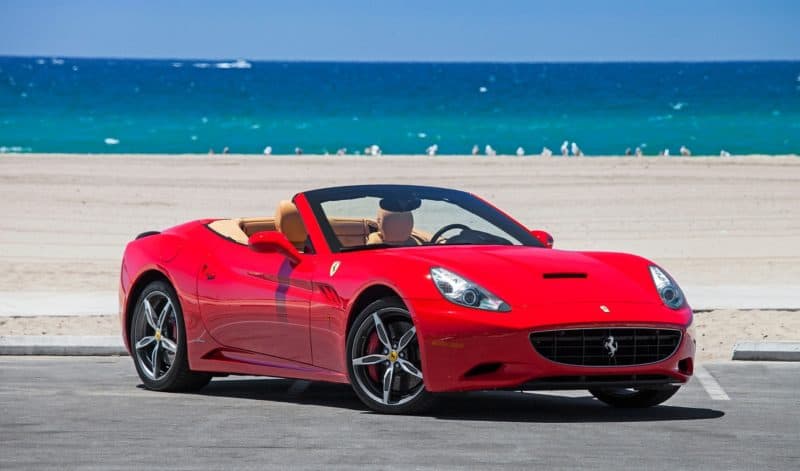Ferrari has the enviable position of being the preeminent sports car manufacturer of the world. Although the Maranello company is responsible for creating some of the most popular supercars and sports cars ever to grace the unsuspecting roads and bedroom walls across the globe, some Ferrari cars have been less than successful, to say the least. A number of their models (some even in recent years) have had a reputation for unreliability while prices for parts and service have always been exorbitantly high. Then again, the latter claim makes a good bit of sense considering the brand’s history and pedigree.
On the sporting side, like the NY Yankees, Ferrari has dominated Formula 1 over many decades, though the periods of success are often accompanied by extended periods of disappointment, too. However, over the decades and despite competitors that have come and gone, Ferrari remains the gold standard in the automotive world.
Obviously, every enthusiasts’ expectation of Ferrari is that every car from Maranello needs to be perfect – but, as has every car maker – Ferrari has produced its share of dogs, too. What’s more is that they’ve allowed coachbuilders to create unique bodies for clients for years, sometimes resulting in truly awful designs besmirching the Ferrari name and reputation alike.
With that in mind, we’ll focus on both some of the best and most important alongside the worst and ugliest Ferrari models ever created. The former are obviously every gearhead’s wet dream while the latter are something we wouldn’t even want to see parked on our street, let alone in our garage.
I’ll remind you that the most recently introduced models like the Ferrari 812 Superfast or Ferrari Portofino, or even those that have been in production for a few years now like the Ferrari 488 GTB, Ferrari 488 Pista, or Ferrari GTC4Lusso haven’t been considered. As a new car, judgement is yet to be passed on every single one of them. Not to mention the upcoming SF90 Stradale of which we still know very little.
10 of the Best Ferrari Cars Ever Made
10. 125 S and 125 F
The first two models from Enzo Ferrari (not counting the 1940 Auto Avio Costruzioni 815 which preceded the Ferrari brand) shared the same engine. Both used a Colombo-designed 1.5L V12 mill and Colotti-designed gearbox (which would become Colotti’s specialty, even making gearboxes for the early Ford GT40s). The chassis was a simple steel-tube ladder frame design with drum brakes at each corner. The 125 S sports car was introduced in 1947 (only 2 were produced) followed by the 1948 125 F formula (open wheel) car, of which only 3 were produced. Both models are sadly, officially extinct since their chassis’ were used for the construction of their respective successors – the 166 S and 275 F respectively.
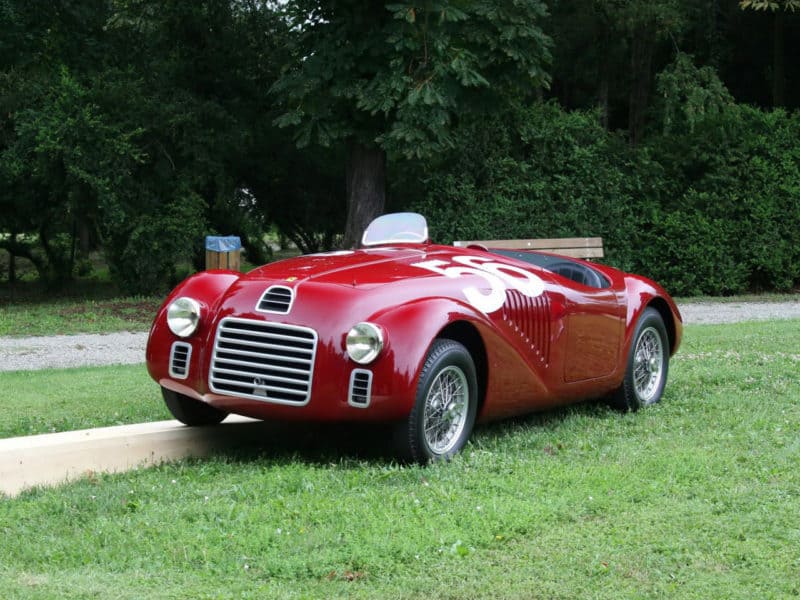
09. 250 GTO
There’s not much left that can be said about the ne plus ultra of Ferrari cars. There were a total of 36 of the V12 racing sports cars built which won the FIA’s Group 3 Grand Touring Car category in 1962, 1963, and 1964. Back then, the new Ferrari 250 GTO cost $18,000, but immediately after its eligibility lapsed and it was no longer able to compete internationally, prices dropped to as low as $4,000. Nowadays, however, the quintessential classic Ferrari usually goes for anything between $30 and $70 million. In June 2018, the 1963 250 GTO (chassis number 4153 GT) became the world’s most expensive car ever sold at an auction block, fetching an exorbitant $70 million price tag.
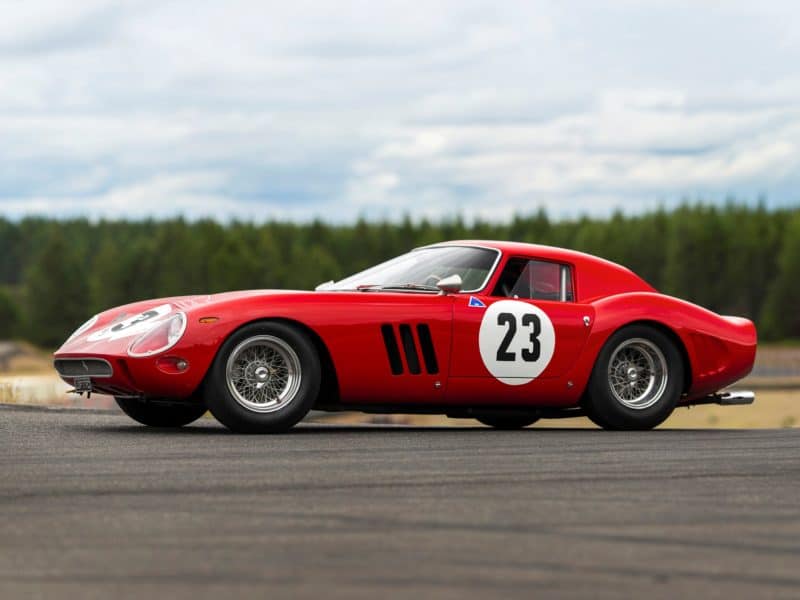
08. 365 GTB/4 “Daytona”
Ferrari offered a bewildering array of car names across the 1960s, so much so that it was difficult for anyone but a Ferrari aficionado to decode the model designation. The 365 GTB/4, despite its enormous power (347-hp from a 4.4L V12 engine) and capabilities, may have suffered the same fate, except it picked up the unofficial nickname “Daytona” after the famous Ferrari 1-2-3 at the 24 Hours of Daytona in 1967. The name helped capture the public imagination, as did its win in the first Cannonball Baker cross-country race. Then its appearance in the Miami Vice television (even though it was a kit car) drove home the image to the general public that Ferrari was THE sports car. Close to 1,300 units were ultimately produced between 1968 and 1973, with additional 120 GTS/4 units made between 1971 and 1973.
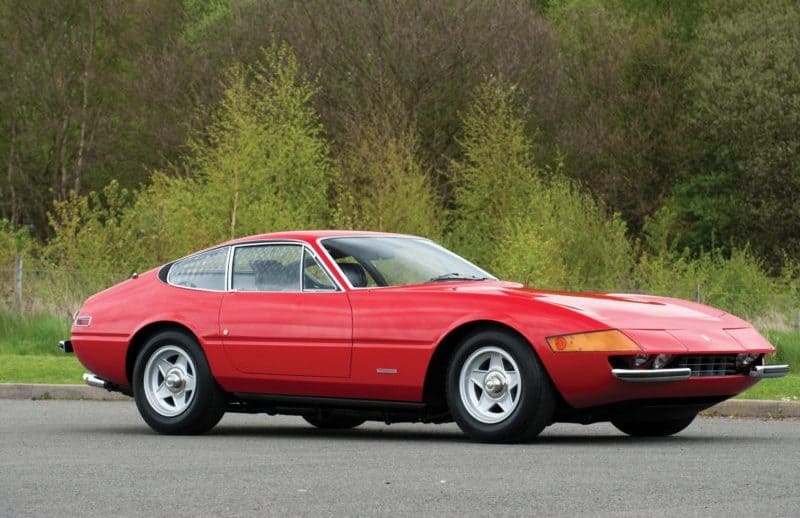
07. Dino 246 GT and GTS
The Dino badge introduced to honor Enzo Ferrari’s son Alfredo “Dino” Ferrari who passed away in 1956 at only 24 years of age was the company’s attempt to field a lineup of relatively affordable cars in any engine configuration that’s had fewer than 12 cylinders. It only stuck for 8 years between 1968 and 1976 and managed to yield two distinctive nameplates, one of which is now considered an icon and another which I’ll mention further down among the less inspiring Ferrari models. The iconic Dino is the 2.4L V6-powered 246 GT which evolved from the 2.0L V6-powered 206 GT. The company’s answer to the Porsche 911 would eventually be produced in 3,569 units between 1969 and 1974 – 2,295 of which were GT berlinettas and 1,274 of which were targa top GTS spyders introduced in 1972.

06. F40
Built to commemorate the 40th anniversary of Ferrari, and considered by many to be the most beautiful classic Ferrari ever made, the Ferrari F40 looked every bit a race car for the street. Ironically, the factory never intended to race the F40 (though eventually, they offered a competition-prepared model for privateers). The F40 was a statement on the part of Ferrari – not just the last car in which Enzo was personally involved before his death – but the car that reclaimed Ferrari’s position as the manufacturer of the fastest cars in the world, becoming the first production car to top 200 mph. The Italians would eventually go on and produce 1,311 of them between 1987 and 1992, ensuring that neither of the surviving models would be available for less than $1 million nowadays.

05. F355
Produced between 1994 and 1999, the F355 is without any doubt one of the best-looking Ferrari’s ever to come out of the Maranello assembly. Not only had Pininfarina done a good job improving on the Testarossa and 348’s timeless design, but Ferrari engineers themselves had done it a solid by fitting it with a 375-horsepower 3.5L V8 mill that was capable of propelling it from 0 to 60 mph in just 4.6 seconds. Also, the Italians put emphasis on the sports car’s drivability – especially in urban environments, which was one of the main reasons as many as 11,273 units ended up being produced before the Ferrari 360 came in to replace it.
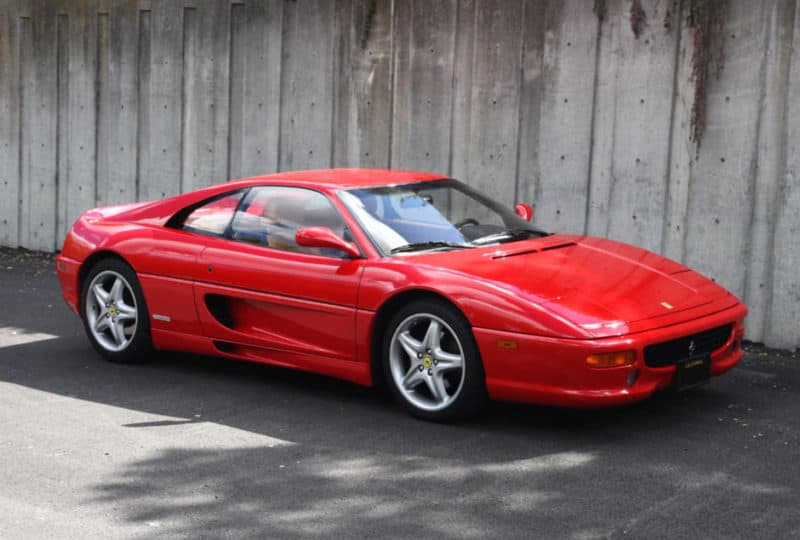
04. F399
Starting after the 1983 season, Ferrari was again in the weeds. Various top-level designers and drivers had been brought in to turn the tide, but only when a strong-willed German driver named Michael Schumacher joined did the team coalesce behind a driver as it did with Lauda. Schumacher had finished second in the driver’s championship the previous season with the F300 – a good car which was tweaked to be a great car the following season as the F399. Only a broken leg as the result of an accident at the British Grand Prix kept him from the driver’s championship. However, the points earned by teammate Eddie Irvine and substitute driver Mika Salo gave Ferrari its first constructors championship in 16 years. More importantly, the F399 ushered the team into a new era of success which would see Ferrari lift the constructor’s championship six times in a row.
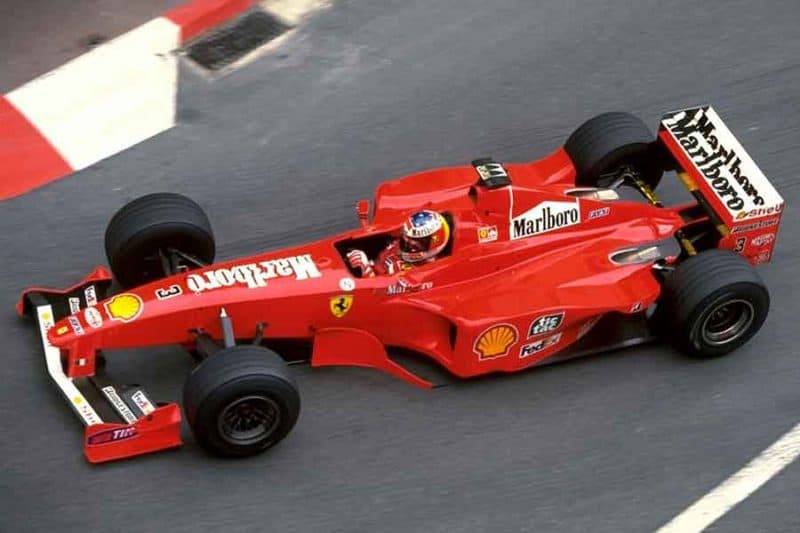
03. Enzo
What makes the Ferrari Enzo so fascinating is not that it used state-of-the-art Formula 1 technology, but used developments that had been previously banned in Grand Prix racing. The Enzo featured a brand-new 6.0 L V12 and plenty of carbon fiber everywhere. Straight from F1 came the automated gear change, while some of the technologies banned from F1 included electronically-controlled aerodynamics and electronic ride-height control. Though opinions on styling varied back in the day, no one could argue the car was a technological tour de force. Moreover, the Enzo’s stylistic influence on the current generation of Ferraris is more than obvious, making it one of the most important Ferrari supercars in more ways than one. Only 400 examples were ever made between 2002 and 2004 and they initially commanded a price tag of almost $700,000. Needless to say, they now go for anything north of $2 million and won’t be getting any cheaper.

02. 458 Speciale
The Ferrari 458 Italia is arguably one of the best mid-range Ferrari’s in its own right, but the improved Speciale edition which Ferrari had introduced in 2013 took the mid-engined 2-door’s performance to a whole new level. If you don’t believe me, take it from someone who’s actually owned one and is one of the experts on the sports car/supercar topic. James Walker who owns and manages one of the best car lifestyle YouTube channels out there and whom you might also know by his moniker MrJWW had this to say about the 458 Speciale:
“The Ferrari 458 Speciale is the must have for me. Not only is the car itself a sublime driving experience, visceral and engaging with a beautifully balanced chassis and goose-bump inducing engine and exhaust tone, but importantly for me, it is the last of the naturally aspirated V8 Ferrari’s to be made which instantly makes it a significant car in Ferrari’s history.”
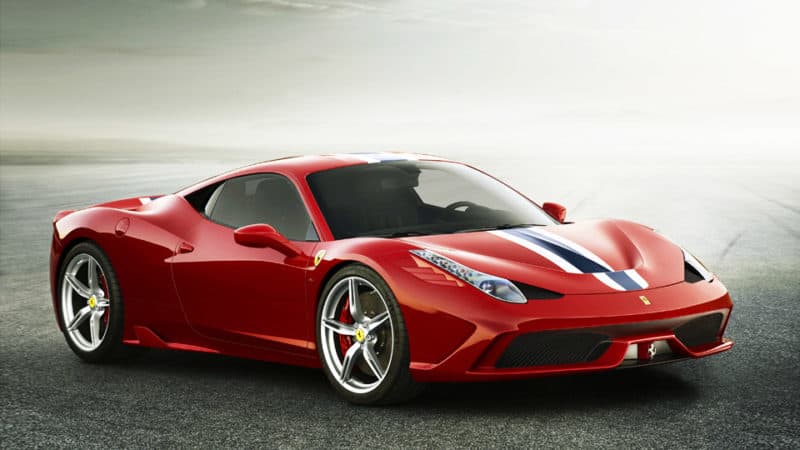
01. LaFerrari
Looking into the future, the Italians have developed, constructed, and sold the LaFerrari in order to demonstrate their superiority in the supercar game. For starters, the LaFerrari’s technical capabilities far exceed those of its German and British competitors. What’s more, they’ve also showcased that a hypercar doesn’t have to be unable to provide a high level of performance with environmental responsibility in mind. But what makes the LaFerrari most interesting is that Ferrari has developed a version of the KERS (kinetic energy recovery system) from its F1 race cars and integrated the HY-KERS system into LaFerrari’s hybrid design. A little over 700 units in total were built between 2013 and 2018 (including 210 Aperta versions), all of which cost more than $1 million today.
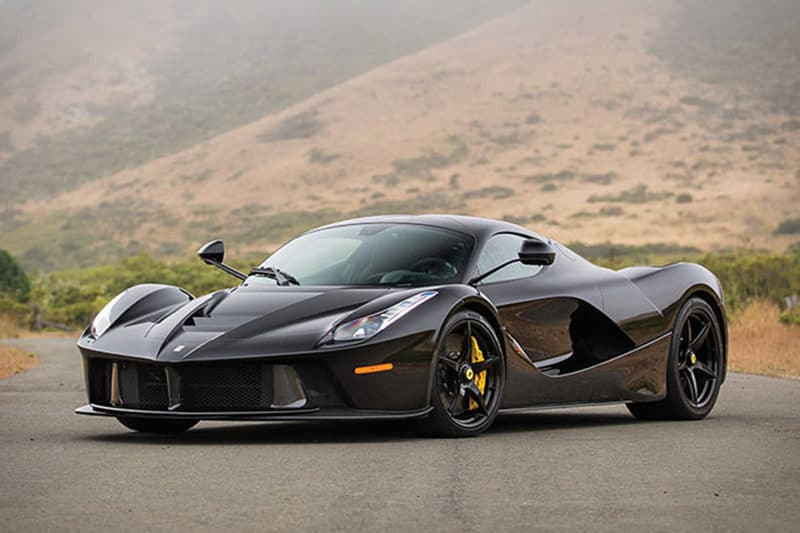
10 of the Worst Ferrari Cars Ever Made
10. 410 Superamerica Ghia
You have every right to label me superficial for judging the unlucky 410 Superamerica by its looks, but there’s simply no way around the fact it’s one of the most awkward-looking Ferrari models ever devised. Lucky for us, it was only a one-off concept built by the Carrozzeria Ghia which significantly deviated from its Pininfarina-built 410 Superamerica coeval’s design cues. Needless to say, this would be the last Ghia-built Ferrari which makes us wonder: why on earth was Zagato allowed to continue making Ferrari-badged atrocities from time to time? Anyway, maybe it was Ghia’s way of mocking the American car design – completed with huge tail fins, wrap-around windshield, and gigantic chrome rear bumper – or they simply weren’t up to the task, but in the end, the Italians have managed to create one of the most unique Ferrari’s of all time. Guess we’ll never find out.

09. Dino 308 GT4
Unlike the above mentioned Dino 206 and 246, the Dino 308 GT4 (which became the 208 GT4 in 1975 and was renamed Ferrari 208 after the Dino badge’s discontinuation in 1976) never managed to catch the general public’s imagination. To replace the classic 246 Dino, Ferrari commissioned Bertone (rather than the usual go-to choice of Pininfarina) to develop the mid-engined 3.0L V8-powered 2+2 targeted at the increasingly more popular Porsche 911. The angular shapes of the body, reminiscent of Bertone’s Lancia Stratos and Lamborghini Urraco simply didn’t resonate with Ferrari enthusiasts. Being the company’s first ever mid-engined V8-powered car, the least the poor Dino could do was to pave the way for a whole new generation of future Ferrari cars.
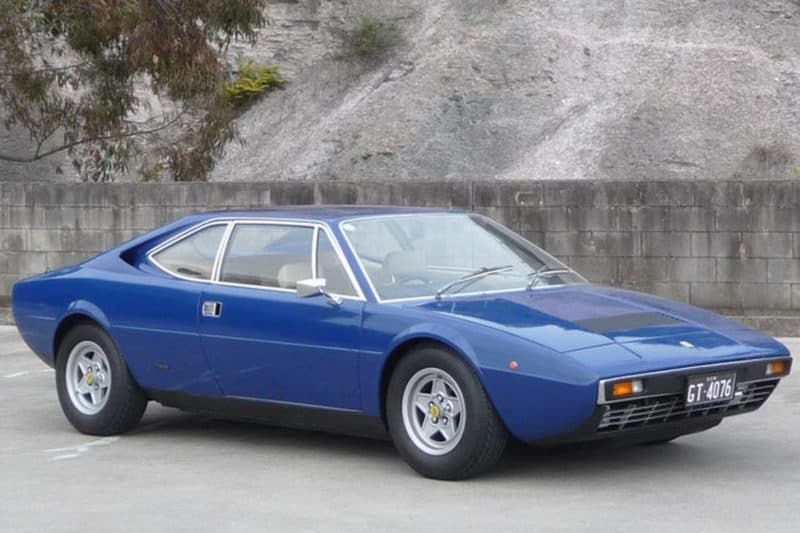
08. 365 GT4, 400, and 412
The above designations refer to a line of V12 front-engined 2+2 grand touring cars that shared the same body and chassis and were produced from 1972 through 1989 (Ferrari’s longest-ever production run). Perhaps victims of their appearance (they certainly didn’t look like a Ferrari, the way the Daytona looked like one – even in red), they were also often driven on a daily basis. With daily use came frequent and expensive maintenance and as the cars changed hands, the willingness of second and third owners to spend money on keeping the cars properly maintained lessened, which gave them a reputation for unreliability. Others are even less kind about the car, with Jeremy Clarkson, for instance, calling it “awful in every way.”
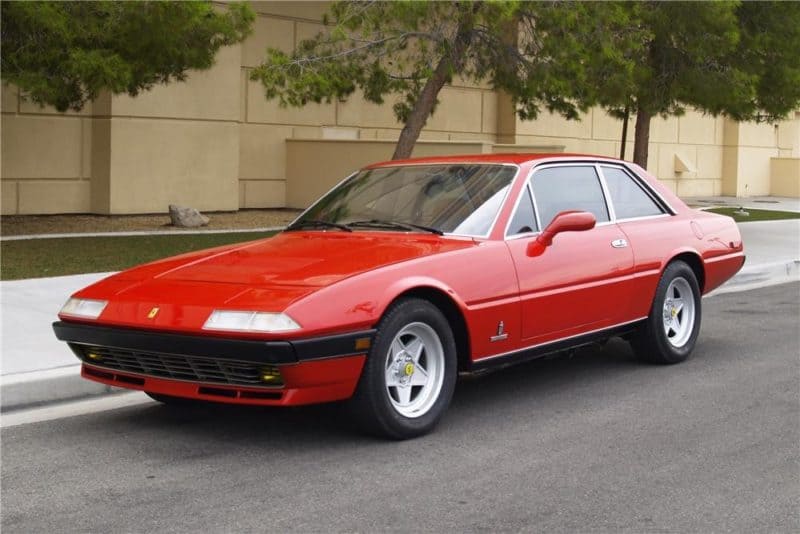
07. Mondial 8
Introduced in 1980 as the replacement for the unloved 308 and 208 GT4’s, the 2+2 Mondial 8 remained in production until 1982, although its subsequent versions (qv, 3.2, and t) soldiered on until 1993. Over the years, the Ferrari Mondial was offered in both coupe and cabriolet versions, but all 703 Mondial 8 units produced were built with a hard-top. Based on the 308’s chassis, the large and relatively heavy Mondial had a mere 214 horsepower on tap from its transversely mounted, mid-engine V8. Despite that, its real issues were its poor electronics, with virtually every element of the system failing at one point or another, often to the smell of the insulation burning off the wires.
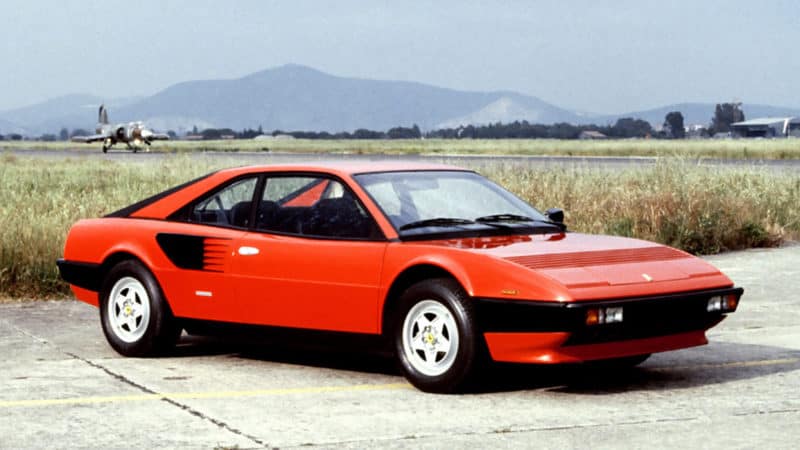
06. 208 GTB and GTS
Ferrari introduced 2.0L versions of the 308 line, the 208 GTB and 208 GTS in 1980. The tiny-engined Ferrari was manufactured almost exclusively for the domestic Italian market, where new cars with engines above 2.0L in displacement were subjected to a much higher VAT (valued-added tax) of 38 percent instead of regular 18 percent. It utilized the same V8 engine as the 308, but bored only to 68.8 mm for a total displacement of 1,991 cc, making it the second smallest-displacement V8 engine ever mass produced (only 1,990 cc V8 from the 1975 Dino 208 was smaller). The engine was fed through four Weber 34 DCNF carburetors and produced 153 hp at 6800 rpm. So, while the 308 isn’t the finest Ferrari ever built, imagine one with only 153 hp, less than a small sedan produces today, and you have very un-Ferrari like performance with top speed limited to 134 mph. The problem was alleviated in 1982 when a single KKK turbocharger helped push the output to 217 horsepower, but that was still far from what the car actually needed.
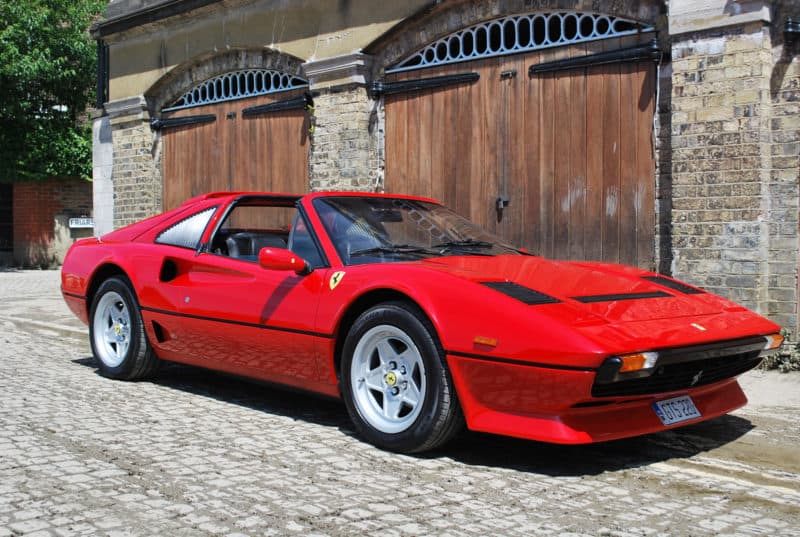
05. Testarossa
In the interest of maintaining a relatively short wheelbase and proper weight distribution Ferrari mounted the flat 12 cylinder engine of the Testarossa above the transmission and differential which helped achieve the original goals but brought about significant unintended consequences. By raising the engine 8 to 10 inches higher inside the car, not only did it raise the center of gravity, but it created a roll axis that made the car a handful in high-speed maneuvers (that’s why you never saw anyone seriously race a Testarossa). The Testarossa also had a nasty habit of ingesting its oil filter as well as spontaneously-combusting its catalytic converters, which both can lead to a bit of excitement for the owner. Ultimately, the sharp wedge with side strakes is regarded as one of the most polarizing Ferrari cars around. Either you love it or you hate it, but we can’t overlook its shortcomings.
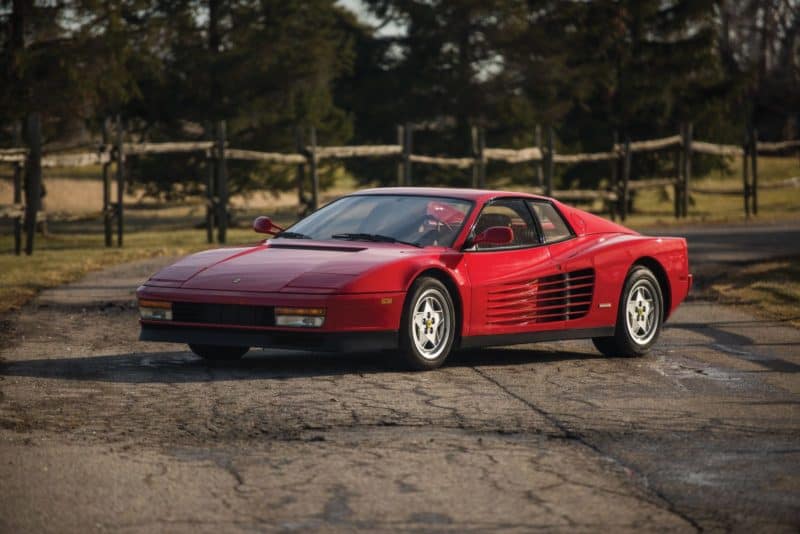
04. 348 TB and TS
Borrowing much of its cues from the larger Testarossa, the Ferrari 348 never lacked in beauty, although it wasn’t equivalent of James Dean either. Its issues were of a different, much more unforgivable nature. The 355’s predecessor was bland and boring for what was supposed to be a captivating and vibrant mid-engined V8-powered sports car. That said, its performance left a lot to be desired as well. The 348 handled like a drunken sailor roaming around the pub on all fours, which would hinder any engine from reaching its full potential; its 300-horsepower 3.4L V8 was no exception. What’s more, one of its competitors from back in the day was a sublime newcomer from Japan – the Acura NSX, which mopped the floor with the 348 and left it in a puddle of its own puke.

03. F50
The Ferrari F50 wasn’t that bad of a car, but at the end of the day, it failed to live up to the Ferrari aficionado’s expectations. Only 349 examples were produced between 1995 and 1997 which paints a pretty clear picture about the reception it had received. Words of Corey Lewis from The Truth About Cars pretty much sum it all up:
“In Ferrari’s attempt to improve the F40’s formula rather than redefine it, the F50 which resulted was less daring and less impressive. The addition of refinement subtracted from pure driving enjoyment, and meant the F50 was worse than both its predecessor and its eventual successor.”
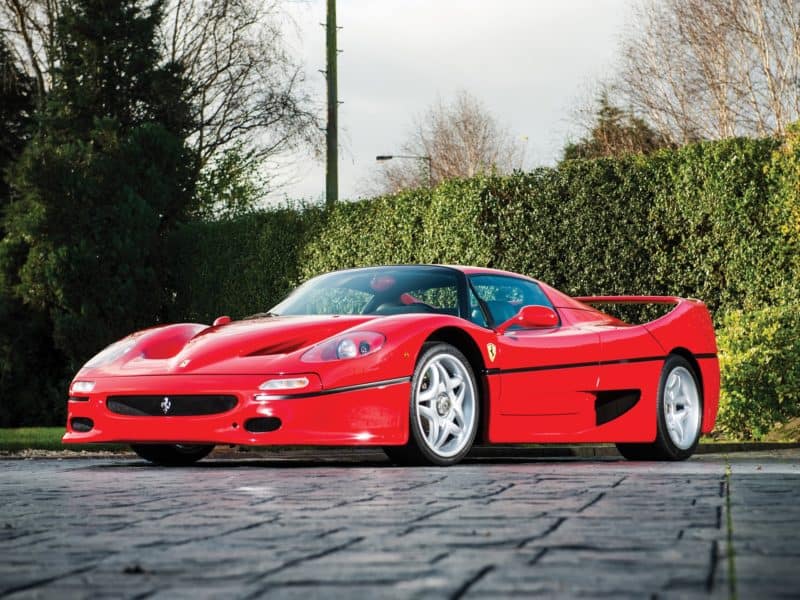
02. F14 T
The F14 T was an all-new design for the 2014 F1 season which was supposed to help squeeze the maximum out of new 1.6L turbocharged V6 engine (first Ferrari Formula 1 turbo engine since 1988). Sadly for Scuderia, the end result was less than satisfying, to put it mildly. Despite having two proven aces with championship pedigrees behind the wheel (Fernando Alonso and Kimi Räikkönen), Ferrari only managed to achieve two podiums (2nd place in Hungary and 3rd place in China), both by Alonso. This was the first time Ferrari has failed to win a single race in an entire season since 1993 which tells plenty about company’s failure to adapt to new rules and even more about sheer incompetence of their race car.

01. California
Not the worst Ferrari car ever built, but definitely one of their most questionable models in recent history. The grand touring drop-top represents everything Ferrari shouldn’t aspire to become. It’s a soft and spoiled brat child of the family which utilized a lot of first-time decisions for the brand in order to appeal to, well… soft and spoiled consumers. As if front-mounted V8 and dual-clutch gearbox weren’t enough, the suspension was tuned for cruising rather than corner cutting, and that’s something that Ferrari purists will never be comfortable with. The revised Ferrari California T was certainly an improvement over the initial models, but the entry-level Ferrari wouldn’t become a respectable sports car until the Portofino arrived in 2018.
